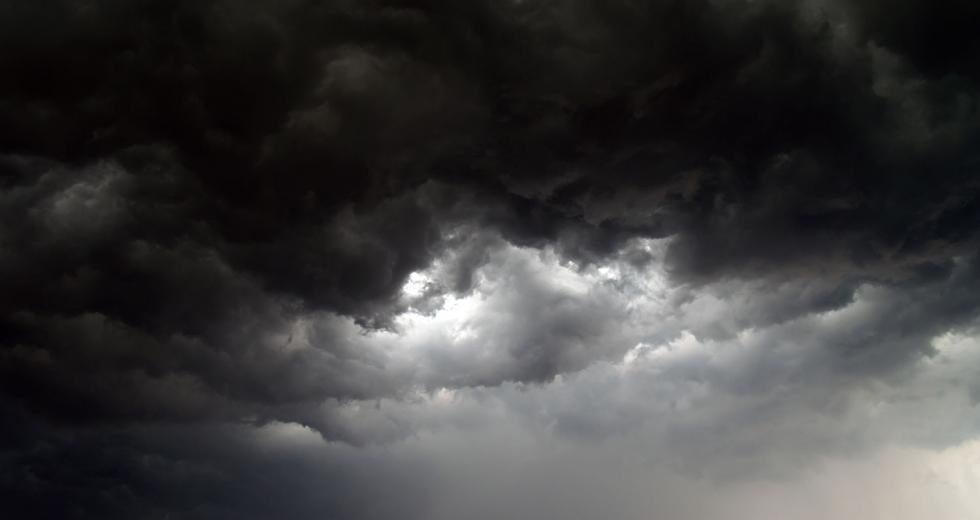A group of drought experts gathered in California this week, and it wasn’t long before the conversation turned to El Nino. They weren’t touting it as the savior that will end the state’s 4-year drought. Instead, they were looking at a darker scenario where the weather-changing phenomenon adds another year of dryness in the north while ravaging the south with floods.
“What do you say when the governor asks you what to do? ‘You prepare for flood and drought because there is a possibility you can get both,”’ said Mike Anderson, state climatologist.
While it bucks conventional wisdom, the scenario is a real possibility. El Ninos occur when warmer-than-normal water in the equatorial Pacific works with the atmosphere above the ocean to change weather patterns around the world. In the U.S., this can bring milder winters to the northern states and push the typical winter storm track further south. The depression of that track is where things could start to go very wrong for California.
It plays out like this: Flooding rains sweep across the south, causing mudslides, damaging highways and homes and creating general mayhem. Meanwhile, almost no rain falls at all in the northern part of the state, where most of California’s reservoirs are, Anderson said Tuesday at a workshop on drought and assessment tools at the University of California at Irvine. The end result is a natural disaster bill along with a fifth year of drought.
Sometimes El Nino doesn’t deliver at all, as in 1965-66, when it peaked too early and the rains didn’t come. “Not only were we dry, but we were very dry in the climate zone that is very important: the Central Valley,” said Alex Tardy, a National Weather Service warning-coordination meteorologist based in San Diego.
Tardy’s concern took on greater urgency when workshop participants got the news that a daily U.S. Climate Prediction Center model suggested El Nino may have reached its peak already. The model shows it starting to weaken by January. That’s not the scenario anyone wants to see in a state that needs rain in December, January and February and must build up a significant snow pack in the mountains.
Cities on the coasts and farms in the Central Valley get their water from far away in many cases. “It falls in one place, it gets used somewhere else,” said Alan Haynes, service coordination hydrologist at the California Nevada River Forecast Center based in Sacramento. “It falls as snow in the winter and gets used in the summer.”
There’s another wrinkle. New research suggests that when snow piles up on parched soil, some of the runoff that would be collected by the reservoirs soaks into the ground instead, Haynes said. There was very little snowpack in some of California’s mountains last year, so the ground is pretty dry. In short, a lot can go wrong — a message that’s being repeated by experts across the West and that’s getting louder.They said they worry that not enough people know about El Nino’s dark side and have heard only of the positives. It’s human nature to hope for the best.
“We torture the data until it tells us what we want to hear,” Haynes said. “Hopefully, it is wet everywhere.” Even if that happens, there still may be a long road ahead for California.
“It will probably take more than one season to undo this,” Haynes said.



